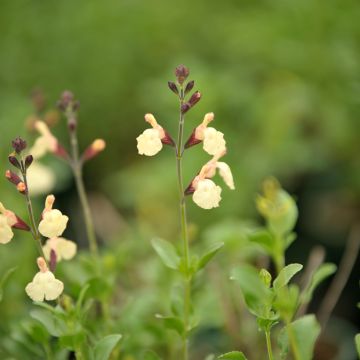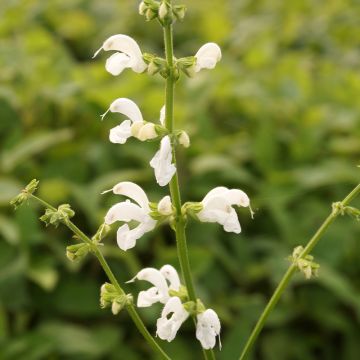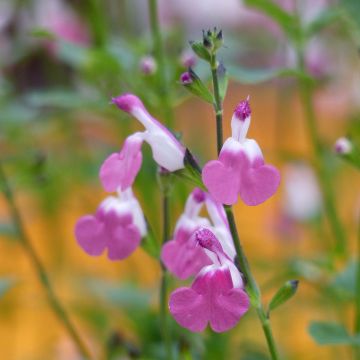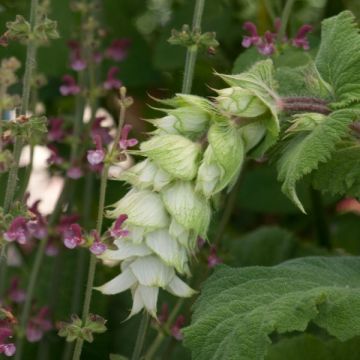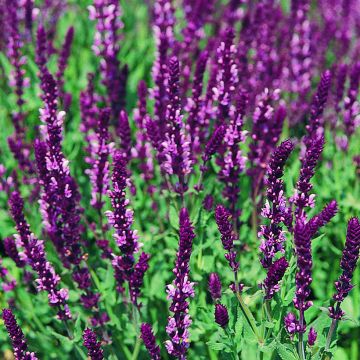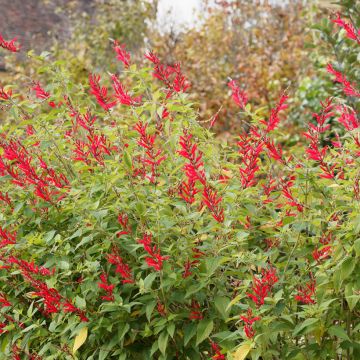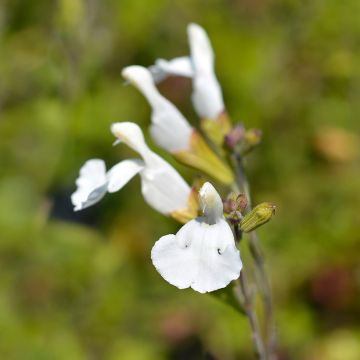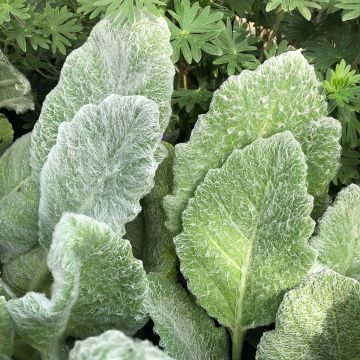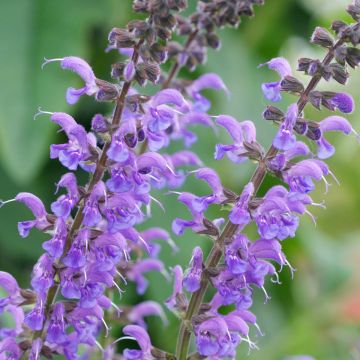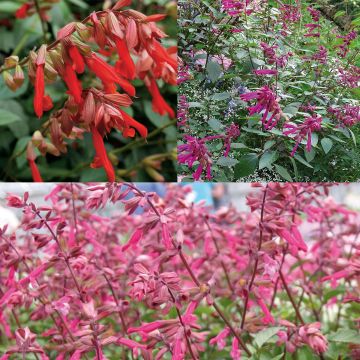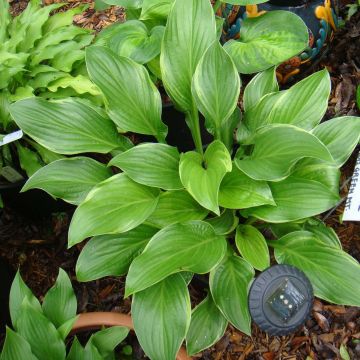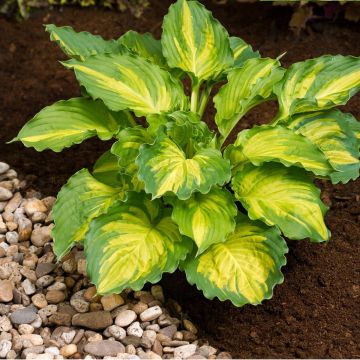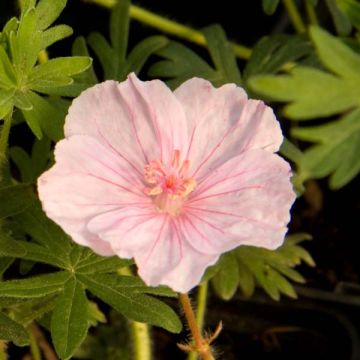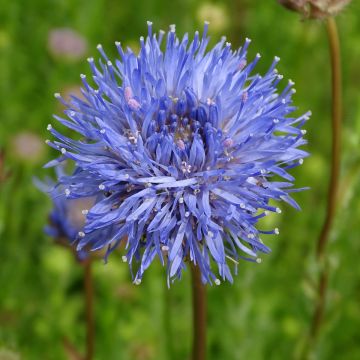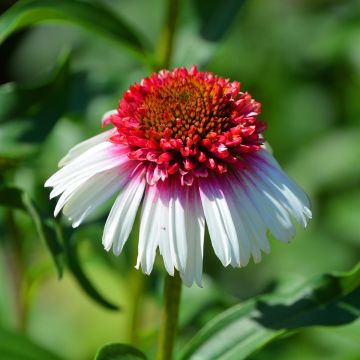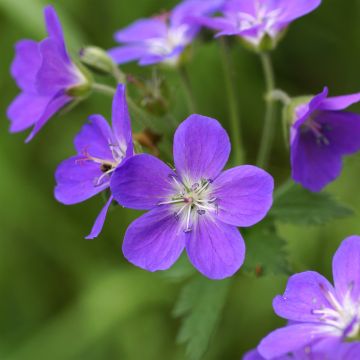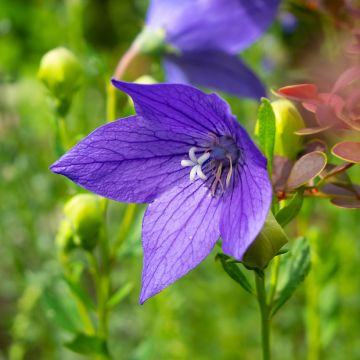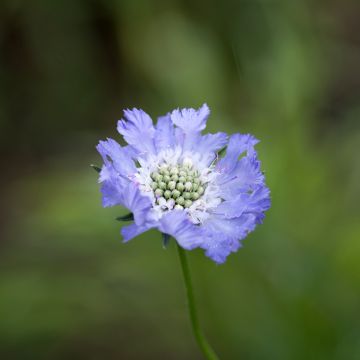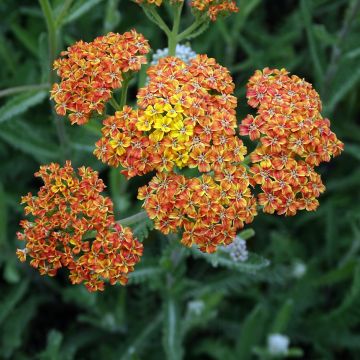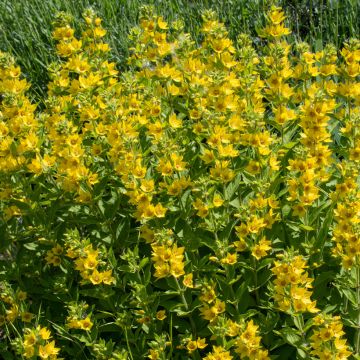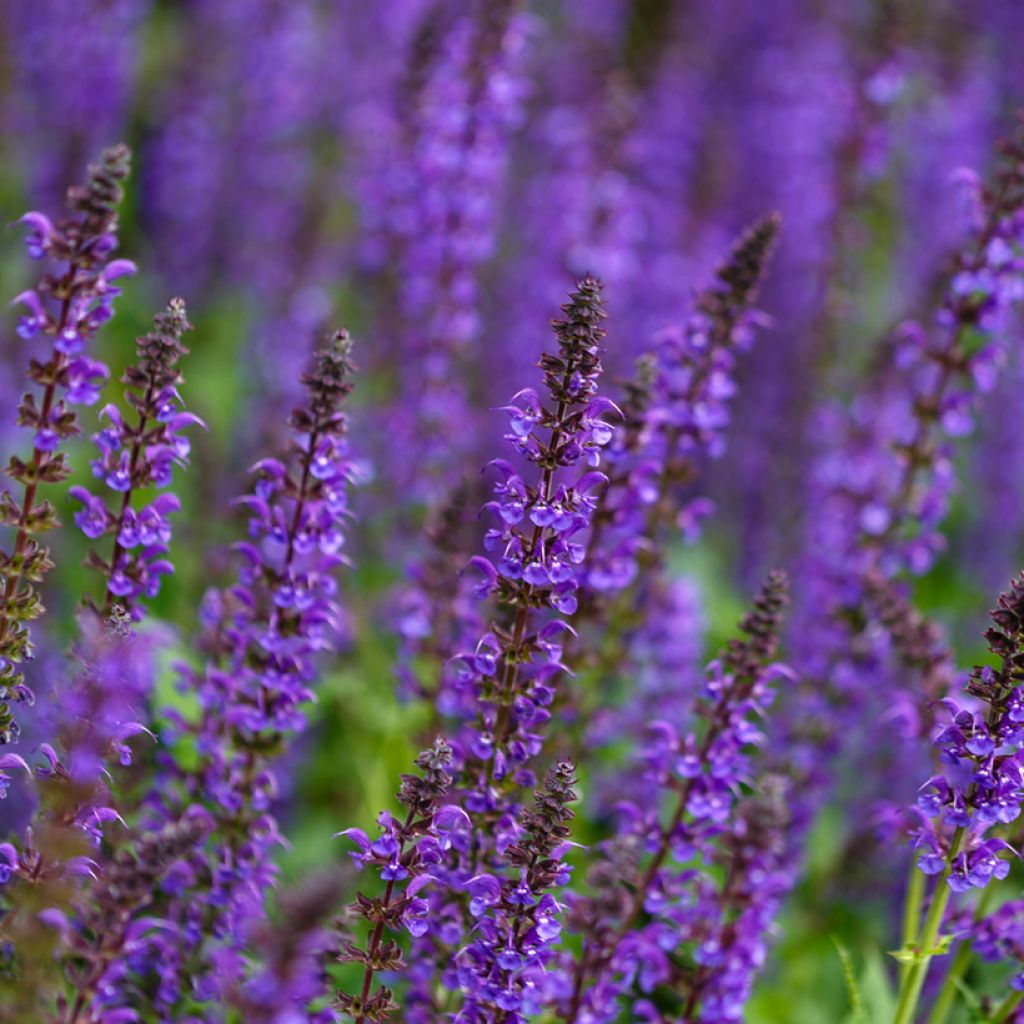

Salvia nemorosa Mainacht - Woodland Sage
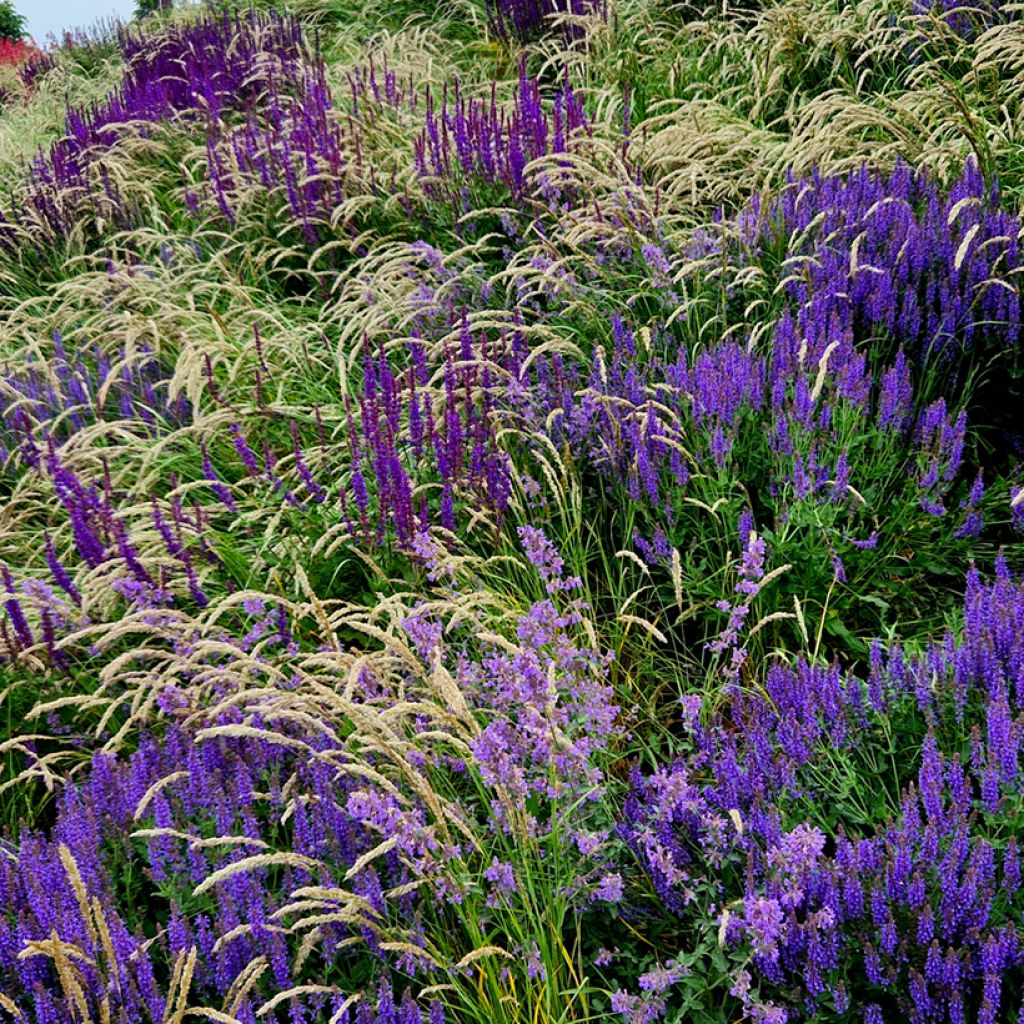

Salvia nemorosa Mainacht - Woodland Sage
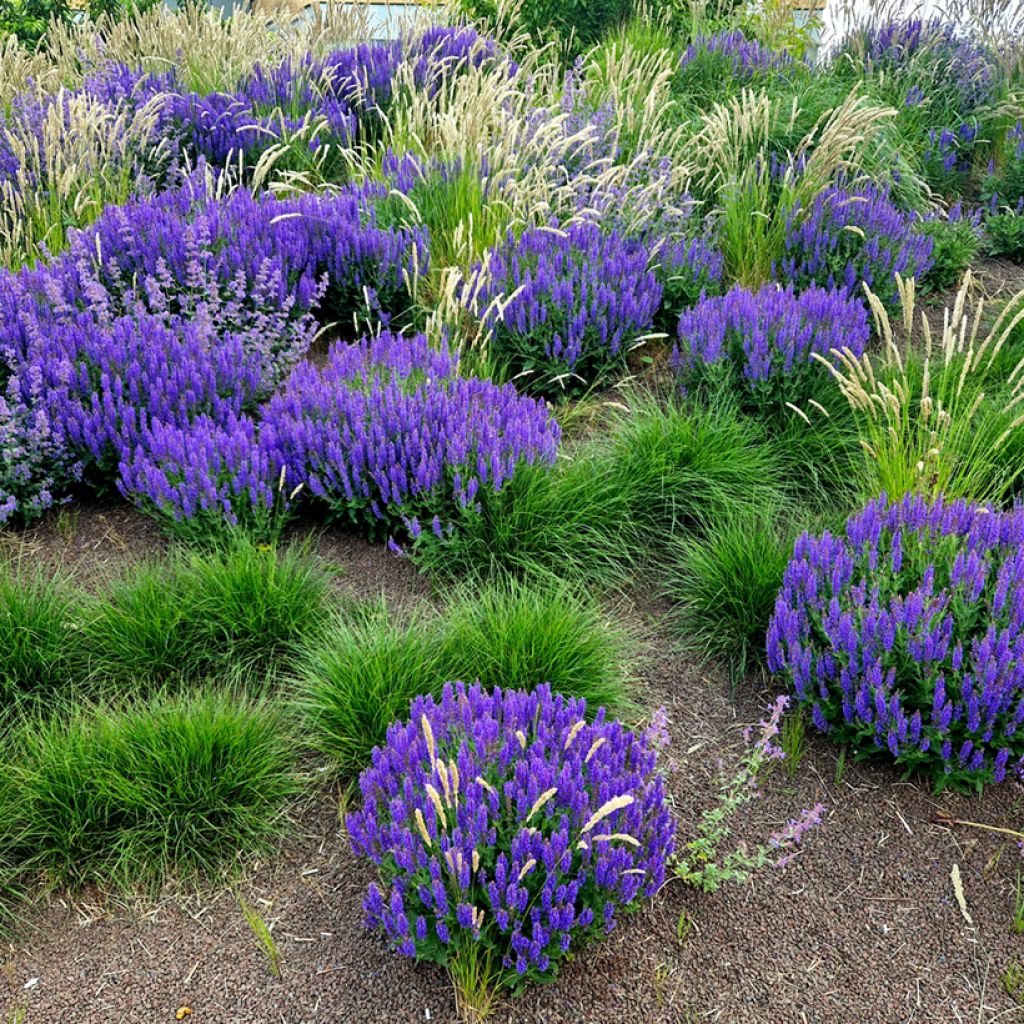

Salvia nemorosa Mainacht - Woodland Sage
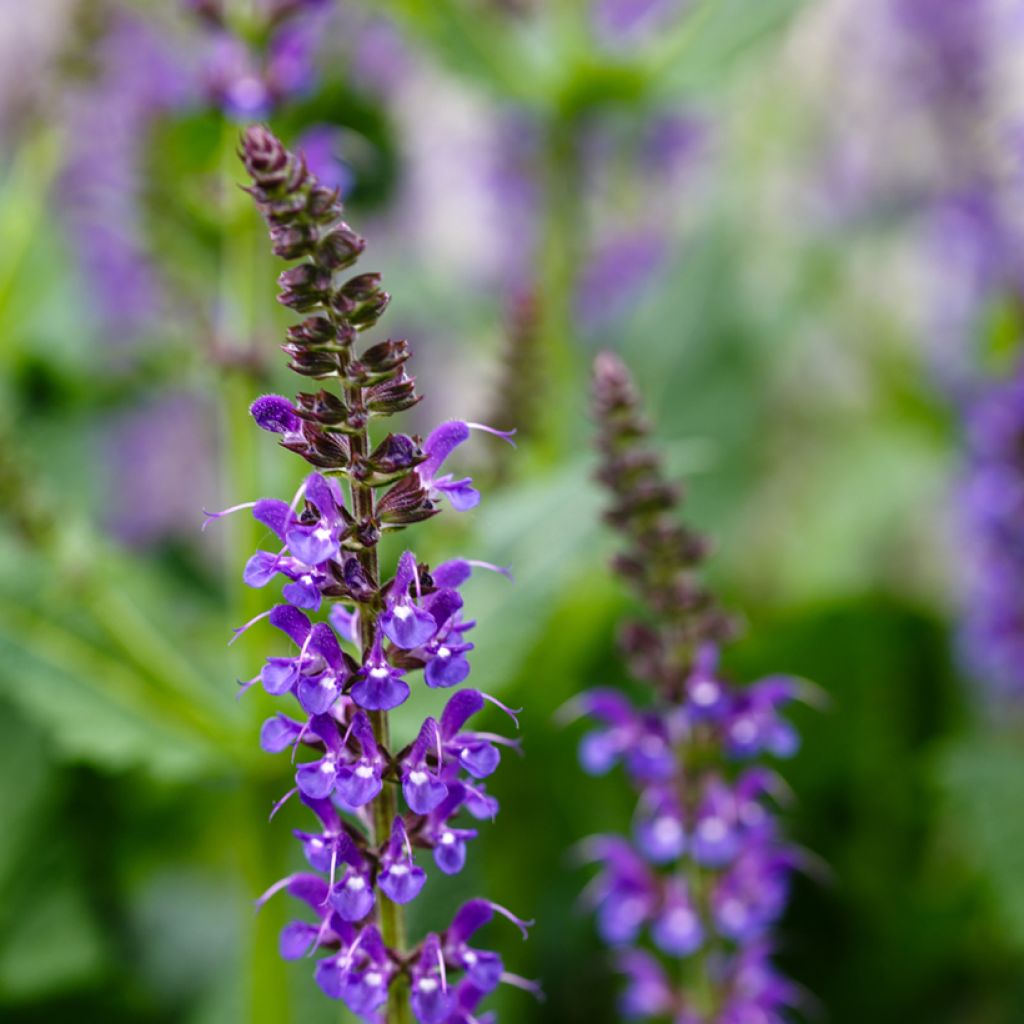

Salvia nemorosa Mainacht - Woodland Sage
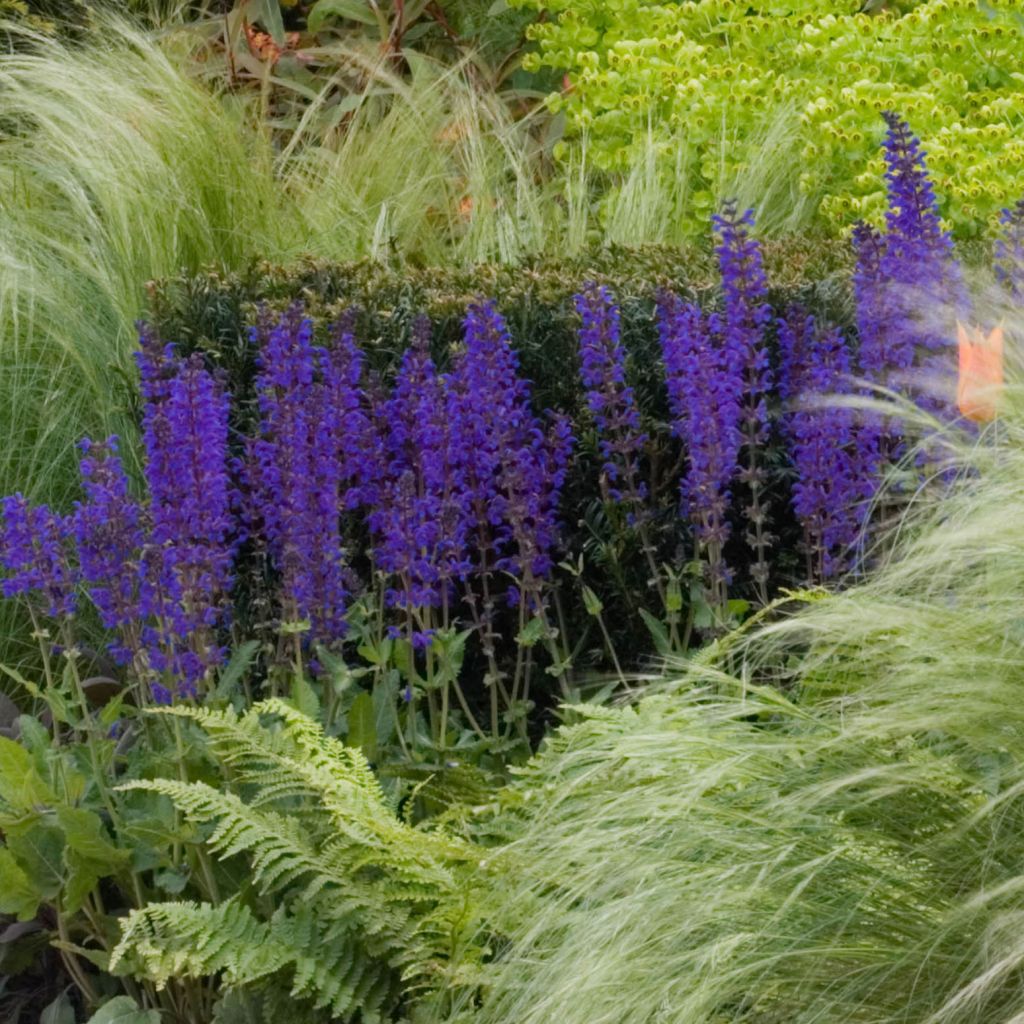

Salvia nemorosa Mainacht - Woodland Sage
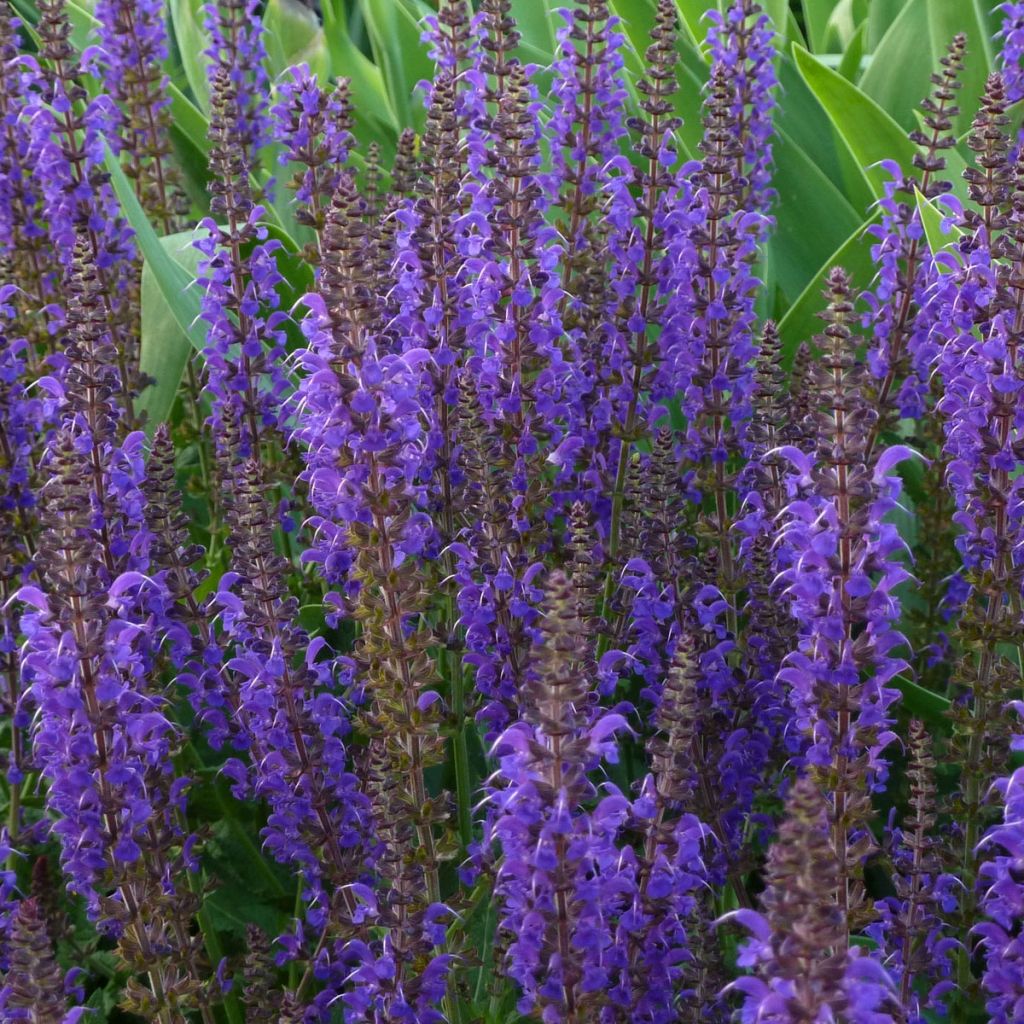

Salvia nemorosa Mainacht - Woodland Sage
Salvia nemorosa Mainacht - Woodland Sage
Salvia nemorosa Mainacht
Woodland Sage, Balkan Clary
This item cannot be shipped to the selected country
Delivery charge from €5.90
Delivery charge from €5.90
Delivery to Corse prohibited
More information
Delivery charge from €5.90
Delivery charge from €5.90
Delivery to Corse prohibited
More information
Schedule delivery date,
and select date in basket
This plant carries a 12 months recovery warranty
More information
We guarantee the quality of our plants for a full growing cycle, and will replace at our expense any plant that fails to recover under normal climatic and planting conditions.
From €5.90 for pickup delivery and €6.90 for home delivery
Express home delivery from €8.90.
From €5.90 for pickup delivery and €6.90 for home delivery
Express home delivery from €8.90.
Delivery to Corse prohibited: UE law prohibits the import of this plant from mainland France to Corse as part of the fight against Xylella fastidiosa. Please accept our sincere apologies.
More information

Does this plant fit my garden?
Set up your Plantfit profile →
Description
Salvia nemorosa 'Mainacht' is a variety of wood sage that is particularly early and floriferous, offering beautiful clusters of intense blue-violet flowers in dense spikes appearing from early June, sometimes in May, and continuing on the plant until September. This sage is distinguished by its resistance to wind and spray, as well as its lanceolate, somewhat grey foliage. Easy to grow, it is one of the hardiest salvias, and as such a fantastic garden perennial that will not disappoint.
Salvia nemorosa is a perennial from the Lamiaceae family. It is a species native to central Europe and western Asia. 'Mainacht' is one of its many cultivars. Its adult size will not exceed 60cm (24in) in height and 50cm (20in) in width. This perennial develops from a prostrate rosette of ovate, rough, grey-green leaves with dentate edges that are 10cm (4in) long. It has a bushy, heavily branched, and sturdy habit. Flowering takes place from June to September, in terminal clusters composed of numerous small flowers (0.5 to 1cm (1in)) that are slightly bluish-violet with purple bracts. This blend of colours is bright and deep. The beautiful nectar-rich flower spikes follow one another all summer long and delight butterflies. The leaves, 5 to 10cm (2 to 4in) long, are ovate or lanceolate, oblong, notched, wavy, and greyish-green. The base of the stems is often reddish.
This wood sage has the advantage of flowering first, and it will continue to bloom until late summer if faded inflorescences are removed. It withstands everything, even wind, cold, heat, and poor soils. It will look stunning alongside pale-yellow flowering plants like Anthemis 'Wargrave', or a yellow rose for a strong contrast. It will also work well with grey foliage of artemisias in dry soil, or purple foliage like that of Physocarpus opulifolius 'Lady in Red' in moister soil. It pairs well with pink-flowered plants like the shrubby Lavatera 'Barnsley' or Penstemon 'Evelyn'. It is also perfect for mass plantings and borders with Perovskia or perennial geraniums.
With over 900 species of annuals, perennials, and woody shrubs distributed throughout the globe, except for very cold regions and tropical forests, the Salvia genus is the richest in the Lamiaceae family. The name Salvia, which dates back to Roman times, derives from the Latin salvus, meaning "healthy", a reference to the medicinal properties of common sage.
Salvia nemorosa Mainacht - Woodland Sage in pictures


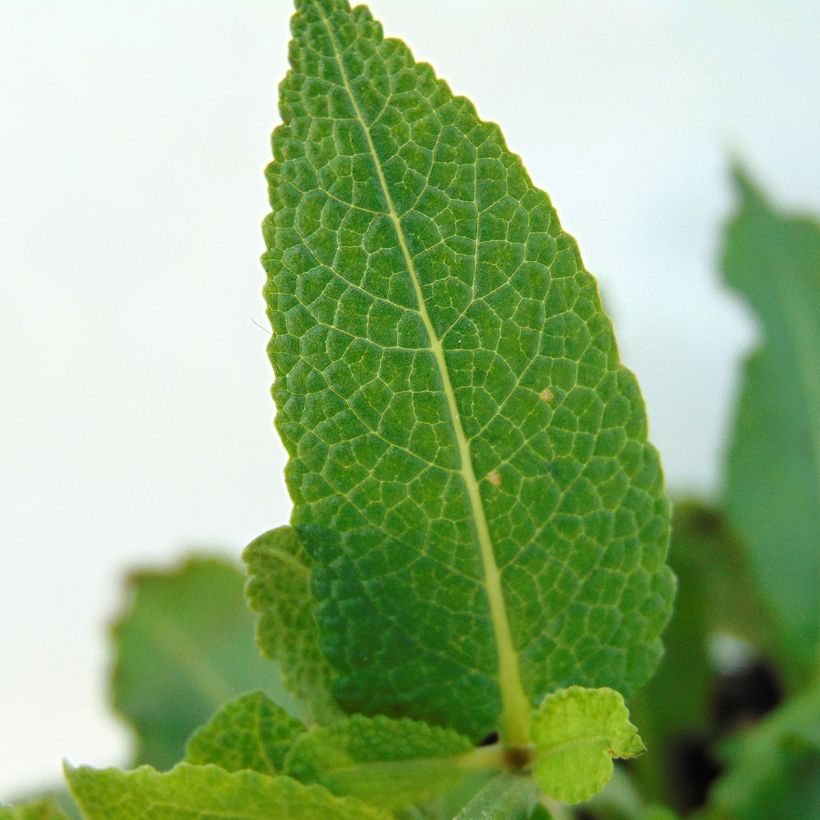



Flowering
Foliage
Plant habit
Botanical data
Salvia
nemorosa
Mainacht
Lamiaceae
Woodland Sage, Balkan Clary
Cultivar or hybrid
Other Salvia - Sage
Planting and care
Plant from October to March, outside of freezing periods, with a spacing of 40cm (16in). Plant in well-drained, even stony, soil. Place in full sun. This plant can tolerate some drought. It does not appreciate heavy and waterlogged soils in winter, which can harm its hardiness. In winter, apply a light compost of manure or other organic matter. Prune it back to 30cm (12in) at the end of winter before the start of vegetation. Beware of snails and slugs that can attack young shoots. In cool climates and in humid regions, use a mineral mulch (gravel, pumice, pebbles) with a thickness of 4 to 6cm (2in) to drain the collar of the plant. Under these conditions, it can withstand temperatures as low as -30°C (-22°F). To preserve the vitality of the sage, it is good to divide the plant after 3 years. Plant the new plants in well-worked soil. To improve slightly poor soil, mix in some horticultural compost.
Planting period
Intended location
Care
-
, onOrder confirmed
Reply from on Promesse de fleurs
Summer flowering perennials
Haven't found what you were looking for?
Hardiness is the lowest winter temperature a plant can endure without suffering serious damage or even dying. However, hardiness is affected by location (a sheltered area, such as a patio), protection (winter cover) and soil type (hardiness is improved by well-drained soil).

Photo Sharing Terms & Conditions
In order to encourage gardeners to interact and share their experiences, Promesse de fleurs offers various media enabling content to be uploaded onto its Site - in particular via the ‘Photo sharing’ module.
The User agrees to refrain from:
- Posting any content that is illegal, prejudicial, insulting, racist, inciteful to hatred, revisionist, contrary to public decency, that infringes on privacy or on the privacy rights of third parties, in particular the publicity rights of persons and goods, intellectual property rights, or the right to privacy.
- Submitting content on behalf of a third party;
- Impersonate the identity of a third party and/or publish any personal information about a third party;
In general, the User undertakes to refrain from any unethical behaviour.
All Content (in particular text, comments, files, images, photos, videos, creative works, etc.), which may be subject to property or intellectual property rights, image or other private rights, shall remain the property of the User, subject to the limited rights granted by the terms of the licence granted by Promesse de fleurs as stated below. Users are at liberty to publish or not to publish such Content on the Site, notably via the ‘Photo Sharing’ facility, and accept that this Content shall be made public and freely accessible, notably on the Internet.
Users further acknowledge, undertake to have ,and guarantee that they hold all necessary rights and permissions to publish such material on the Site, in particular with regard to the legislation in force pertaining to any privacy, property, intellectual property, image, or contractual rights, or rights of any other nature. By publishing such Content on the Site, Users acknowledge accepting full liability as publishers of the Content within the meaning of the law, and grant Promesse de fleurs, free of charge, an inclusive, worldwide licence for the said Content for the entire duration of its publication, including all reproduction, representation, up/downloading, displaying, performing, transmission, and storage rights.
Users also grant permission for their name to be linked to the Content and accept that this link may not always be made available.
By engaging in posting material, Users consent to their Content becoming automatically accessible on the Internet, in particular on other sites and/or blogs and/or web pages of the Promesse de fleurs site, including in particular social pages and the Promesse de fleurs catalogue.
Users may secure the removal of entrusted content free of charge by issuing a simple request via our contact form.

































